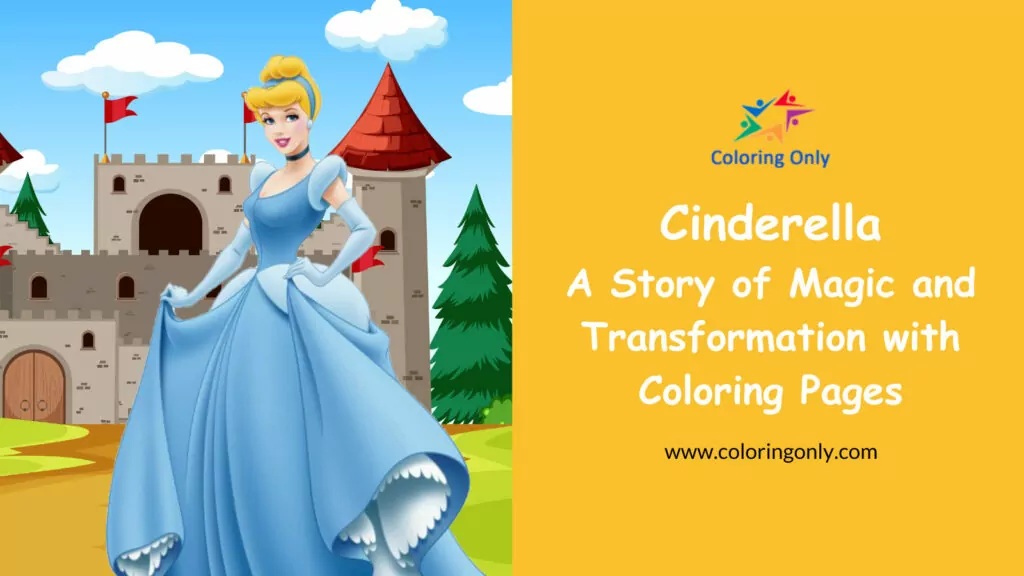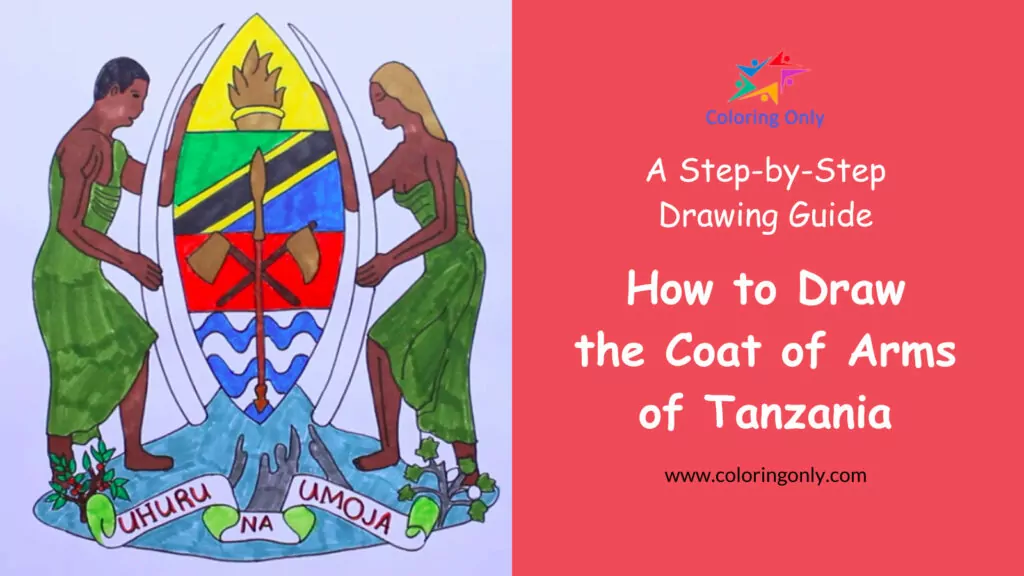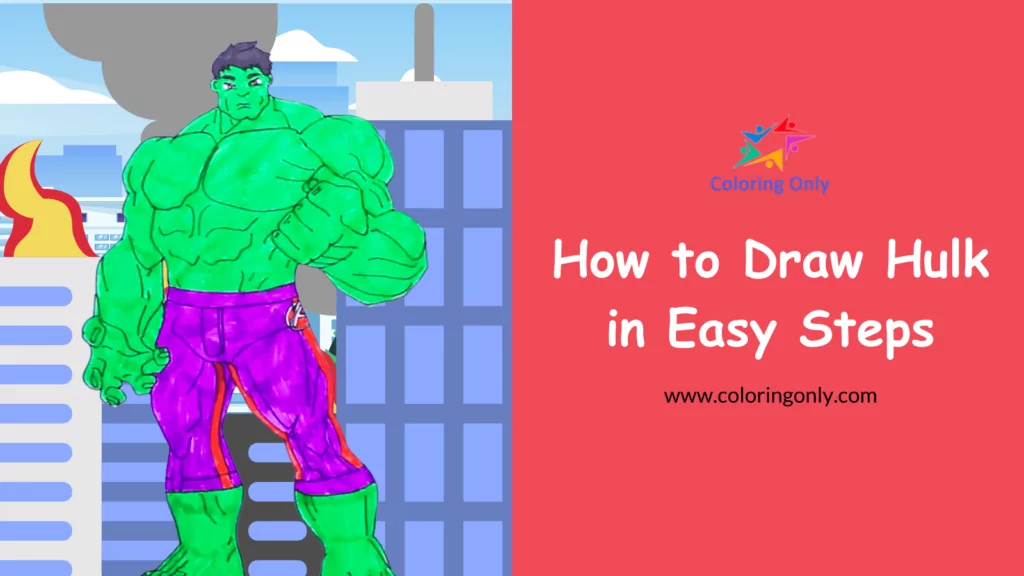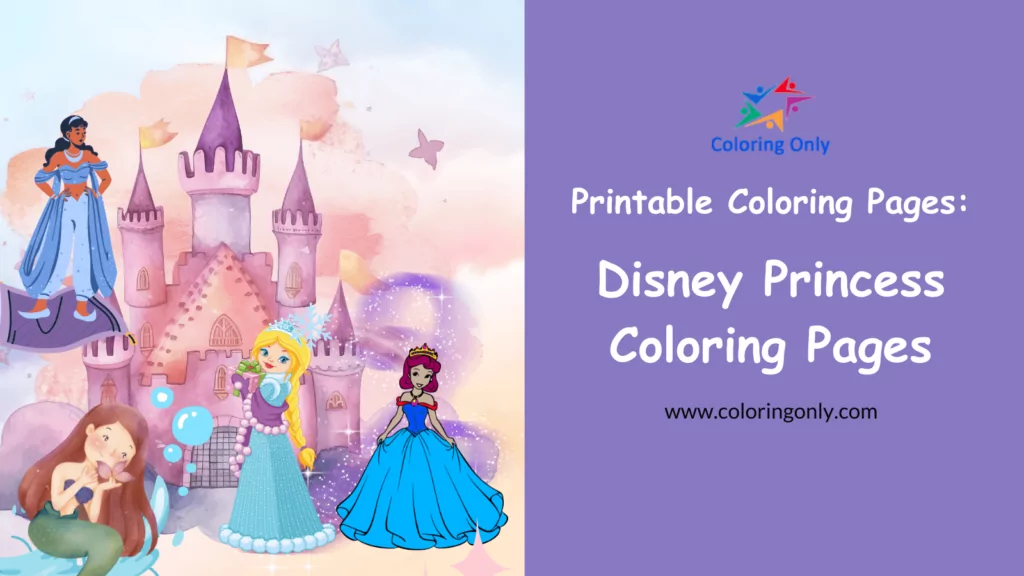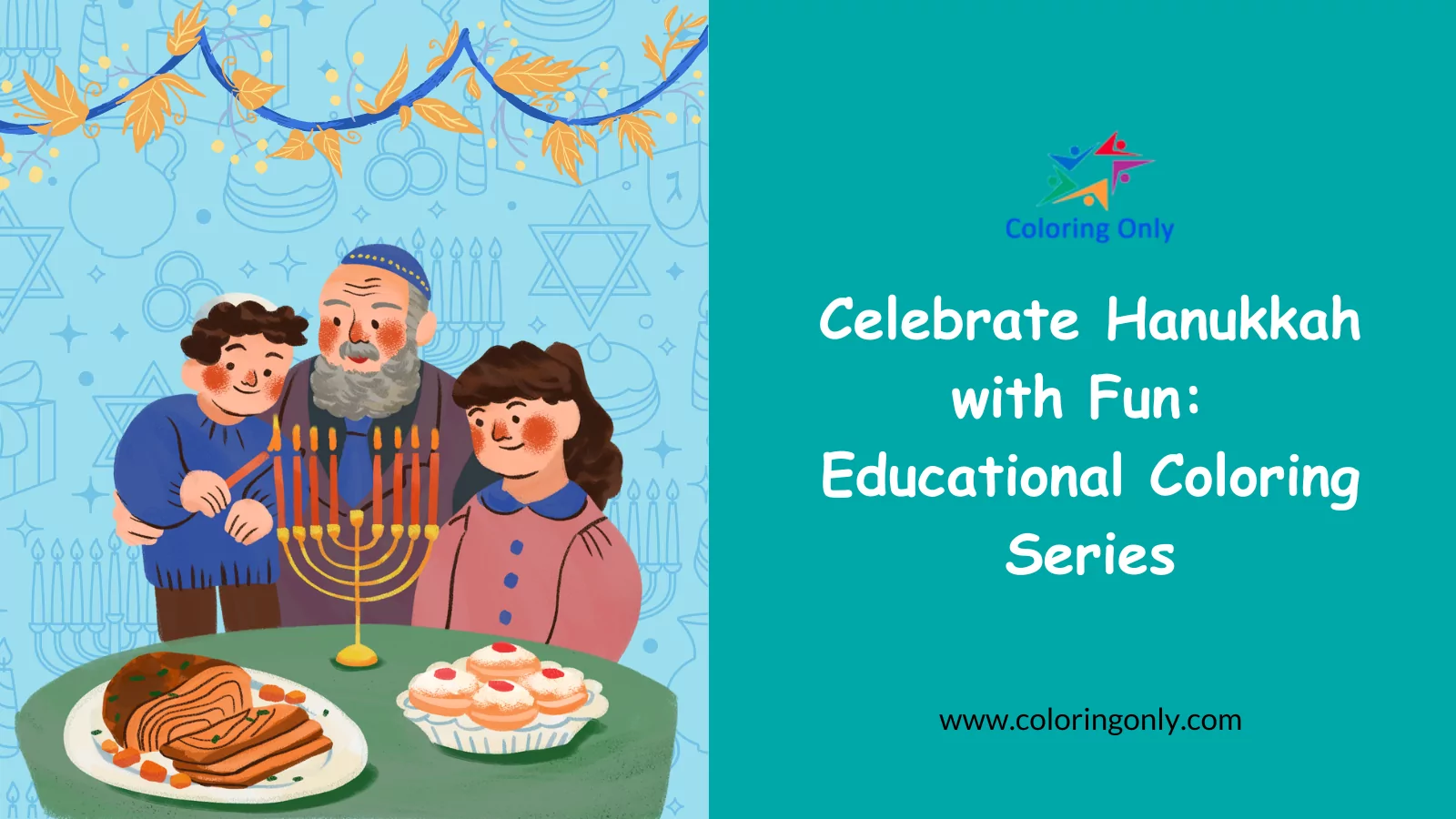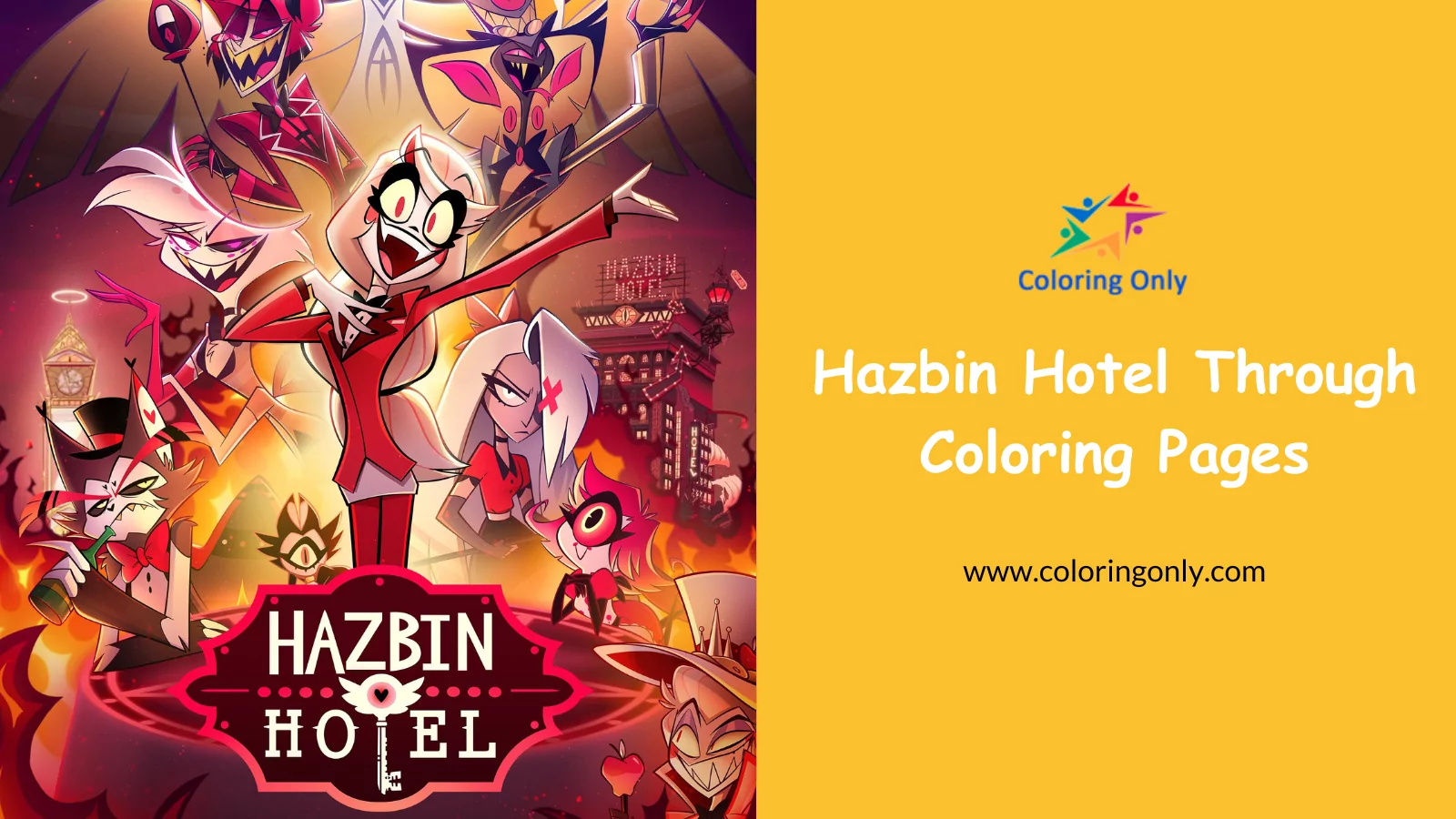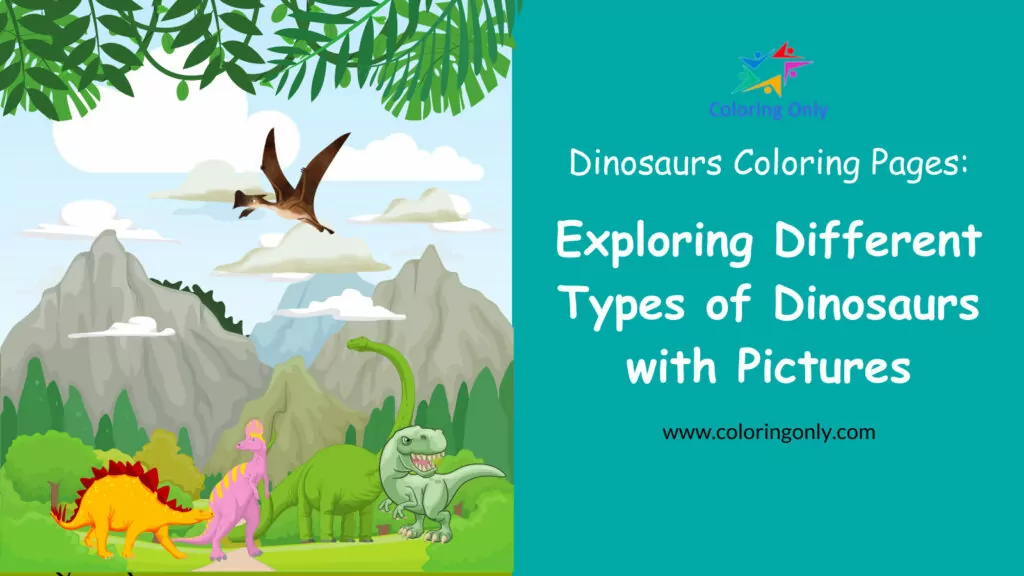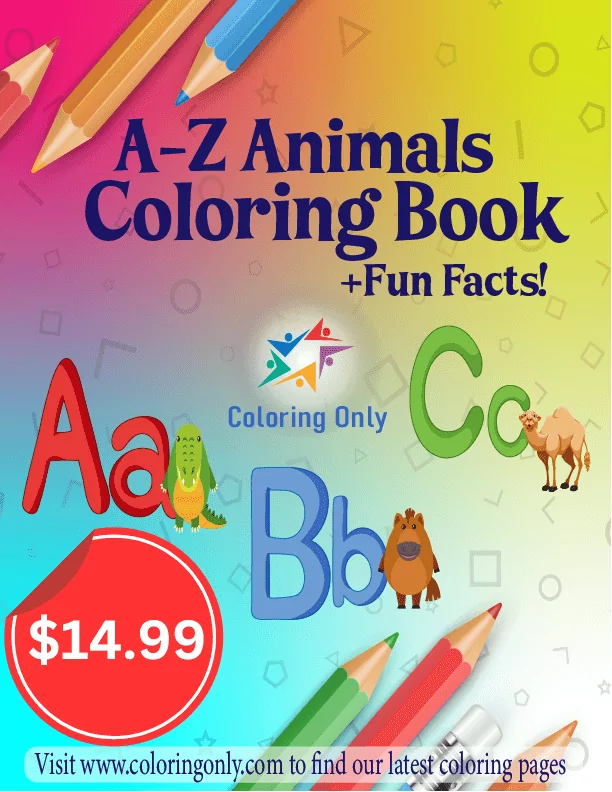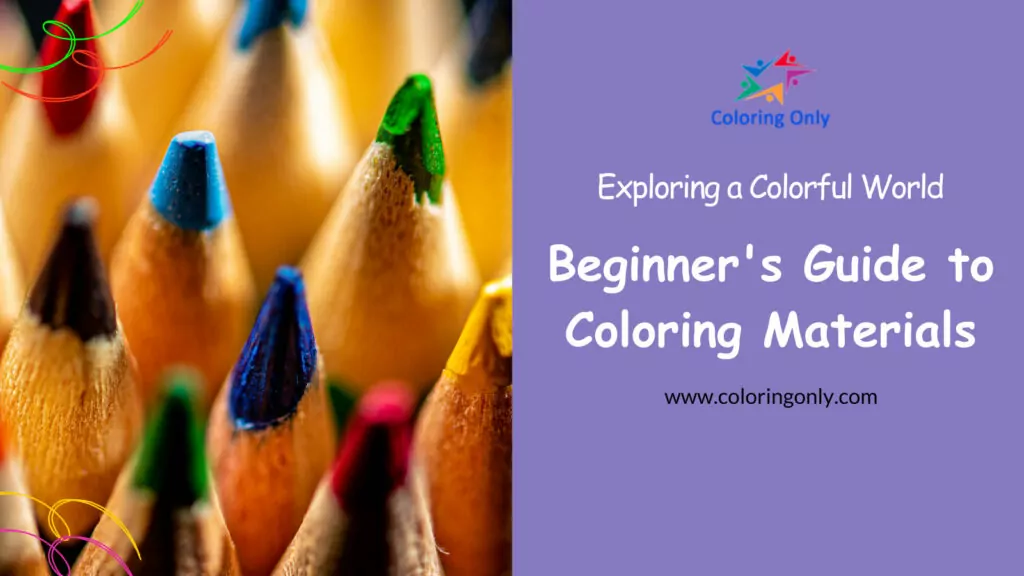
There are many different types of coloring materials available, including crayons, colored pencils, markers, and gel pens. Each type of material has its own advantages and disadvantages. Dive into the basics of coloring tools or materials and learn what kinds of coloring books are good for kids and adults.
Types of Coloring Materials
Colored Pencils
Colored pencils are a popular choice for coloring. They come in many different colors and are really simple to use. You can find different categories, such as those for students or artists. Artist-grade pencils have richer colors and blend better. They work well on different types of paper and allow you to color with precision.
Watercolor Pencils
Watercolor pencils are like a mixture of crayons and watercolor paints. You can use them like regular crayons or add water to create a watercolor effect. It’s fun to experiment with different styles with watercolor pencils.
Markers
Markers are shiny and vibrant. There are different types of markers, such as alcohol-based, water-based, and gel-based markers. Alcohol-based markers give a smooth, even color, while water-based markers are easy to blend. Marker has a brush-like tip, allowing you to color with precision and create different types of lines.
Gel Pens
Gel pens have smooth ink with vibrant colors. They are great for adding details and decorations to your coloring projects. Gel pens come in different sizes, so you can draw thin or thick lines.
Oil Pastels
Oil pastels give you a creamy coloring experience. They are made with pigments, waxes, and oils that don’t dry out. Oil pastels blend easily and provide vibrant color. They work well on textured paper and allow you to color expressively.
Coloring Tools
Here are some essential tools to make your coloring experience even better:
Blending Tools
Blending tools help you blend colors. You can use roots or twists to create smooth transitions and make your colors blend well.
Erasers
Eraser is important for coloring. They allow you to correct errors, brighten colors, or create accents. Look for a soft eraser that won’t damage the paper.
Sharpeners
If you use colored pencils, a good pencil sharpener is essential. It helps you keep a sharp pencil tip so you can color accurately. Look for sharpeners specifically designed for crayons to avoid breakage.
Rulers and Stencils
Rulers and stencils are useful for adding specific lines or shapes to your coloring drawings. They help you keep your colors clean and consistent.
Storage Solutions
To organize your coloring supplies, consider using a pencil case, storage box, or shopping cart. They help protect your supplies and make it easier to find what you need.
Coloring Books for Adults
If you are an adult who likes to draw, consider the following when choosing a coloring book:
Theme and Style
Think about what themes and styles you like. There are coloring pages with different themes, such as nature, animals, mandalas, and fantasy. Choose the one that suits your interests.
Paper Quality
Look for coloring books that use thick, high-quality paper. This prevents color bleeding and makes it easier to use different colored materials.
Single-sided Pages
It’s nice to have a coloring book printed on one side only. This allows you to cut out and display your finished artwork without worrying about bleeding colors onto the next page.
Perforated Pages
Some coloring books have perforations, so you can easily tear out individual pages to color or share with others.
Inspirational Quotes or Messages
Many adult coloring books include inspirational quotes and messages alongside illustrations. These can add extra meaning and motivation to your painting journey.
Coloring Books for Kids
Coloring is a fun activity for children. There are a few things to consider when choosing coloring books for children.
Age-Appropriate Themes
Choose a theme coloring book that matches your child’s age and interests. Popular options include animals, vehicles, princesses, superheroes, and educational themes.
Size and Durability
Choose coloring books that are the right size for your child’s hands and have sturdy bindings. This makes them easier to handle and prevents pages from tearing easily.
Bold Outlines
Little ones will benefit from coloring books with bold outlines. You can stay within your boundaries and boost your confidence while creating a colorful image.
Interactive Elements
Some coloring books for kids include interactive elements such as stickers, hidden pictures, and activities. These additions make coloring even more fun and exciting.
Washable Pages
Consider purchasing a wipe-clean coloring book, especially for younger children. This makes it easier to clean up if a color is accidentally wiped off the paper.
Coloring is a fun and creative activity that allows you to express yourself and immerse yourself in a world of color. With a wide variety of art supplies, essential tools, and a variety of coloring books and pages, you’ll have hours of relaxing fun. Don’t forget to have fun, experiment with different techniques, and unleash your creativity with colorful creations.


